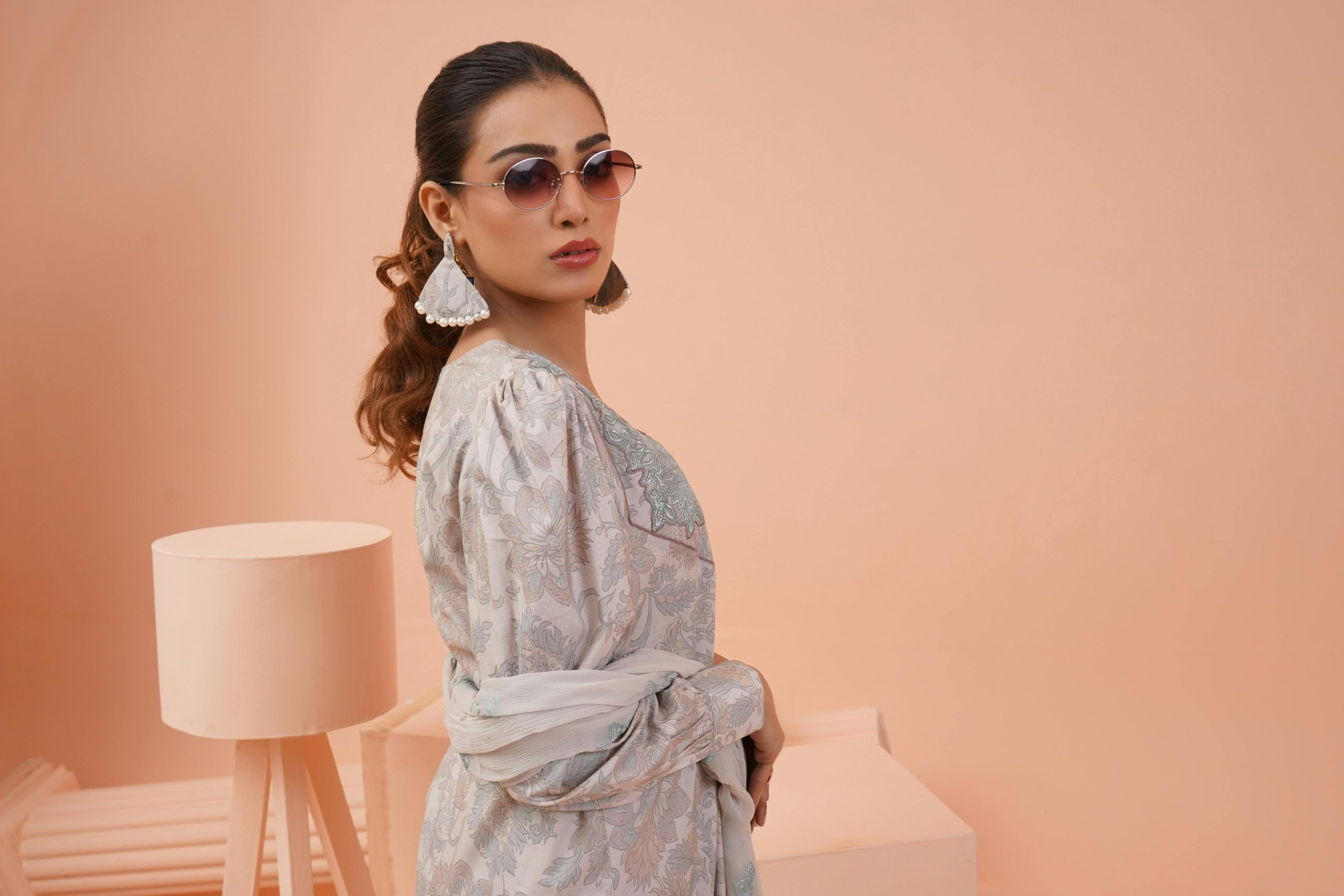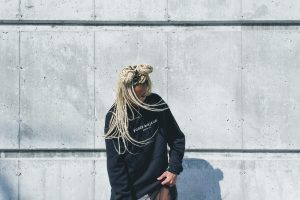TikTok’s Viral Effect: How Microtrends Are Killing Fashion Cycles
TikTok has taken the world by storm, with its ability to turn ordinary users into overnight viral sensations. However, its impact goes beyond just creating viral dance challenges or lip-sync videos. The rise of microtrends on TikTok has had a significant impact on the fashion industry, causing major disruptions in the traditional fashion cycle. From fast fashion brands to luxury labels, everyone is feeling the heat of these rapidly changing fashion trends that are fueled by TikTok’s viral effect. Let’s delve deeper into how microtrends are killing fashion cycles and what it means for the future of fashion.
Understanding TikTok’s Viral Effect
The secret to TikTok’s success lies in its algorithm that curates content based on individual user preferences. This means that users can see videos from people they don’t follow, and these videos can go viral with just a few clicks and shares. This has created a highly engaging and addictive platform, where trends spread like wildfire, and users are constantly seeking new and unique content.
One of the most significant advantages of TikTok’s algorithm is that it has given a voice to the ‘everyday’ user. Unlike other social media platforms dominated by influencers and celebrities, TikTok has opened up new opportunities for average users to showcase their creativity and talent. This has led to the explosion of microtrends on the platform, with users creating a buzz around niche topics and products.
The Impact on Fashion Cycles
In the traditional fashion cycle, trends are dictated by designers and fashion houses, and trickle down through the industry before reaching the masses. However, with TikTok’s viral effect, trends are now being created and popularized by everyday users. This has caused a significant disruption in the fashion industry, where fast fashion brands and luxury labels alike are struggling to keep up with the rapidly changing trends.
Moreover, the traditional fashion cycle operates on a seasonal basis, with designers showcasing their collections months in advance. However, TikTok’s viral trends are not confined to any season or timeframe, making it challenging for the fashion industry to keep up. This has led to an increase in impulsive and trend-driven purchases, rather than focusing on timeless and sustainable fashion choices.
The Rise of Microtrends
Microtrends refer to niche fashion trends that have a small and loyal following. These can range from gingham prints to statement hair clips, and they are often inspired by pop culture, viral memes, or even historical references. On TikTok, microtrends can become viral overnight, and brands often scramble to keep up with the demand.
One example of a TikTok microtrend is the ‘VSCO girl’ aesthetic, characterized by scrunchies, oversized t-shirts, and metal straws. This trend was initially popularized by Gen Z users on TikTok and quickly spread to other social media platforms and the mainstream fashion industry. Brands that were quick to catch on and incorporate VSCO girl elements into their collections saw a surge in sales, while others missed out on the trend and lost out on potential profits.
The Advantages and Disadvantages for Brands
TikTok’s viral effect has both advantages and disadvantages for brands. On one hand, it has opened up new opportunities for brands to collaborate with popular creators and capitalize on viral trends. This can lead to a boost in brand awareness and sales. However, it also means that brands need to constantly monitor and adapt to the ever-changing microtrends on the platform, which can be challenging and costly.
Moreover, TikTok’s algorithm favors user-generated content over branded content, making it difficult for brands to penetrate the platform’s market. This means that brands need to become more creative and authentic in their approach to appeal to Gen Z consumers who are heavily invested in the user-driven content on TikTok.
The Future of Fashion in the Age of TikTok
TikTok’s viral effect and the rise of microtrends have made it clear that fashion cycles are no longer dictated by designers and fashion houses. Instead, consumers, particularly Gen Z, are shaping and driving fashion trends through social media. This means that brands need to adapt and become more agile in their approach, keeping a finger on the pulse of TikTok’s ever-changing microtrends.
Furthermore, the fashion industry needs to become more sustainable and less trend-driven to keep up with the constant demand for new and unique products. Brands that can find a balance between staying on top of trends and promoting timeless and ethical fashion choices are more likely to thrive in the age of TikTok’s viral effect.
In Conclusion
TikTok’s viral effect has revolutionized the fashion industry, creating a new set of rules and challenges for brands to navigate through. Microtrends are no longer just confined to social media; they are now driving sales and shaping consumer behavior. As we move forward, it will be interesting to see how the fashion industry adapts and evolves in the age of TikTok’s viral effect and the rise of microtrends.











